2020
ERC Consolidator Grant for Prof. Lucio Isa

Seven ETH researchers can look forward to generous funding for their projects: the European Research Council (ERC) has approved a total amount of around 15 million Swiss francs. Prof. Luico Isa, head of Soft Materials and Interfaces, is one of those researchers.
Honorary doctorate for Prof. Frans A. Spaepen

Prof. Frans A. Spaepen has been appointed honorary doctorate of ETH Zurich for his outstanding contribution to the basic understanding of the structure and properties of melts and amorphous materials, and his significant impact on materials science and applied physics.
Nicola Spaldin receives “Goldene Eule 2020”

Congratulations to Prof. Nicola Spaldin, this year’s winner of the Golden Owl at the D-MATL. Nicola Spaldin, head of the Materials Theory group, receives the award for her excellent teaching.
Interface Proximity Effects in Functional Thin Films

It is widely accepted that the thinner the film is, the larger is the role that its interfaces play in setting its functionality. Understanding and engineering the influence of interfaces in the setting of the final state is however difficult because of the limited experimental access to the contribution of an individual interface post-deposition.
When Lipid Membranes Envelop Micron Sized Particles
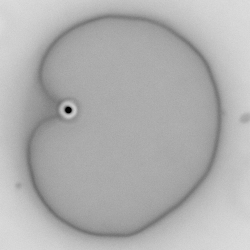
Researchers in the Laboratory for Soft and Living Materials, in collaboration with researchers from the University of Bayreuth and the Max-Planck Institute for Dynamics and Self-Organization (MPIDS) in Germany, have developed a new model system to study the interaction of lipid membranes and micron sized particles. The model system was used to study when and how microparticles are enveloped by a lipid membrane.
How Local Forces Deform the Lipid Membranes

Researchers of the Soft Materials group have been able to show why biological cells can take on such an astonishing variety of shapes: it has to do with how the number and strength of local forces acting on the cell membrane from within. This knowledge feeds into the development of better minimal model systems and artificial cells.
The 2020 Bachelor Curriculum in Materials Science: Thinking Science and Engineering
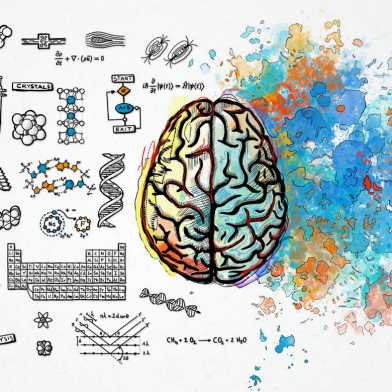
Tell me and I forget. Show me and I remember. Involve me and I understand. – is a famous saying attributed to Confucian philosopher Xun Zi, which inspired the latest revision of the bachelor curriculum in Materials Science offered by our Department. The first students are due to start this September, and there is a lot of excitement mixed with apprehension due to the ongoing covid-19 pandemic, which will likely force us to adapt our teaching approach along the semester.
Strange Encounters with Fly Eyes in the Materials Department
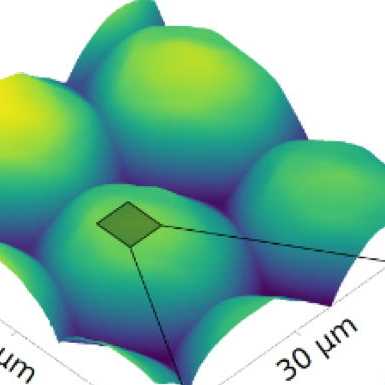
Nature has intricate ways to enhance the visual efficiency of fly eyes with nanostructured surface coatings. The related proteins were identified and similar nanostructures were synthesized in a collaboration of the University of Geneva and the FERROIC Lab at the ETH Zurich. ― But how on earth does this involve a group focused on abstract physical phenomena happening at space temperature? It's the Materials Department!
Athina Anastasaki Wins ERC Starting Grant

Athina Anastasaki, head of Polymeric Materials has been awarded an ERC Starting Grant worth of 1.5 Million. This will allow her group to develop depolymerization strategies that are based on controlled radical polymerization.
Nicholas Spencer – ETH Zurich’s last tribologist?

The materials scientist, chemist and world-renowned tribologist Nicholas Spencer will be retiring soon.
Controlling Active Colloids by Spatio-Temporal Modulations of Rotational Diffusivity
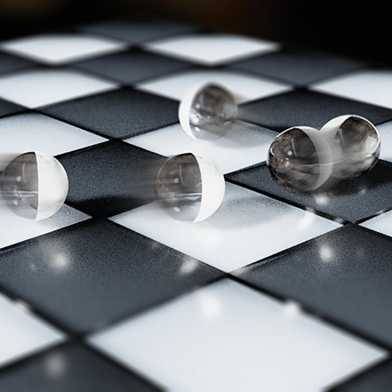
Recent work from the Laboratory for Soft Materials and Interfaces, in collaboration with researchers at the Heinrich-Heine University in Düsseldorf and at the University of Gothenburg, has demonstrated a new way to control the motion of self-propelling microparticles.
Structured Nanoscale Metallic Glass Fibers
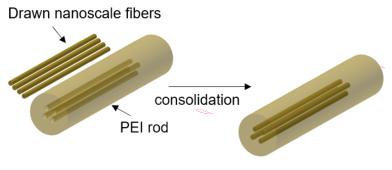
A collaboration between researchers at EPF Lausanne and the ETH Zurich Laboratory of Metal Physics and Technology has shown that thermal drawing of metallic glasses in a polymer matrix generates conducting fibers with arbitrary transverse geometries, micro- and nanoscale feature sizes, and extreme aspect ratios. These fibers will have unique applications in flexible electronics and neuroscience. The results are presented in Nature Nanotechnology.
Complex Patterns from Simple Building Blocks
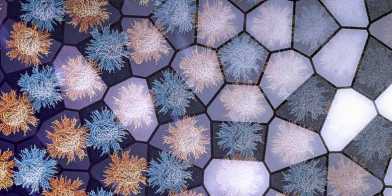
Research from the Laboratory for Soft Materials and Interfaces shows that the sequential assembly of soft polymeric microparticles enables the realization of complex two-dimensional tessellations impossible to realize in a single step. Controlling kinetic pathways during structure formation therefore emerges as a robust strategy to create novel assemblies of microparticles with potential for the development of surfaces with tailored optical, mechanical and wetting properties.
MaP Graduate Symposium 2020
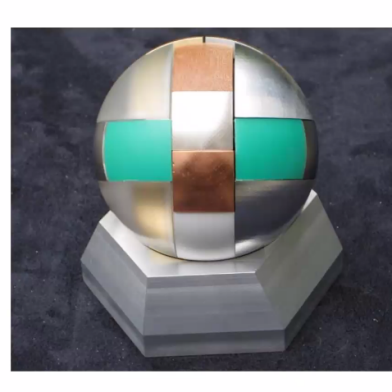
The 15th edition of the MaP Graduate Symposium took place on 01 & 02 July 2020. The D-MATL was extremely (!!) successfully represented this year, with several high-class talks and poster presentations. It is therefore not surprising that many of our awards went to members of D-MATL.
Acta Student Award to Dr. Martina Cihova
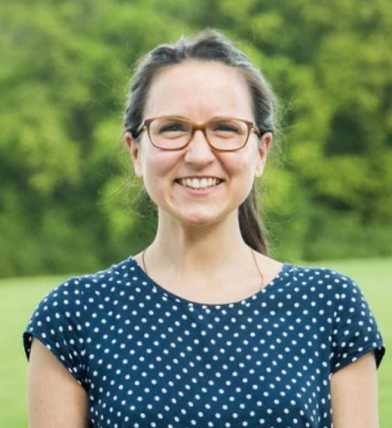
Martina Cihova, currently postdoc at the Laboratory of Metal Physics and Technology (LMPT), has been awarded with an Acta Student Award for her primary contribution to the Acta Biomaterialia manuscript "The role of zinc in the biocorrosion behavior of resorbable Mg–Zn–Ca alloys". The work resulted from another great collaboration between LMPT, the Medical University of Graz, and Empa Dübendorf.
Tailoring Polymer Dispersity for any Material Class possible via Controlled Radical Polymerization
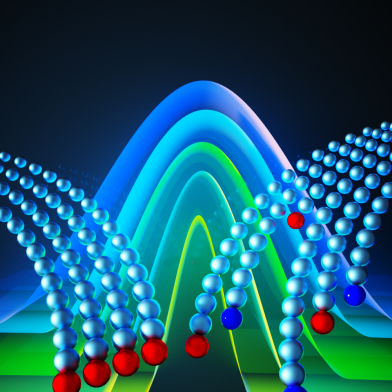
Researchers in the Laboratory of Polymeric Materials have developed a straightforward and versatile batch method to tailor the molecular weight distributions for any material that can be synthesized via controlled radical polymerization. The approach creates many opportunities to tune polymer dispersity in a diverse range of applications. The experimental findings of the group were supported by kinetic modelling conducted by a group at Monash University and the work was published in Chem.
Assistant Professorship for Dr. Alexandra Bayles

Dr. Alexandra Bayles, currently an ETH fellow in the Soft Materials group will join the Department of Chemical and Biomolecular Engineering at the he University of Delaware as an assistant professor in 2021.
Self-propelled Microswimmers That Can Instantaneously Reverse Their Propulsion Direction
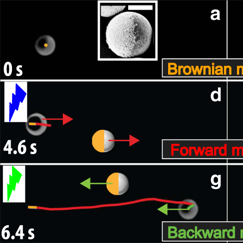
Researchers in the Soft Materials group have designed and modeled self-propelled microswimmers that can instantaneously reverse their propulsion direction. The use of directionally controlled particles could enable new strategies to design materials, as fussion and fisson event can now be controlled. The work in collaboration with a group at Cambridge University was published in Nature communications.
Next Generation Bioinspired Glass Composite

In a recent Advanced Functional Materials publication, researchers from the Complex Materials group have developed a manufacturing route to tune the levels of mineral bridges and platelet interconnectivity in a transparent glass-platelets reinforced composite. These bulk transparent materials show an unprecedented combination of strength and fracture toughness, that can potentially fulfil currently unmet demands in electronic displays and related technologies.
EMA 2020 Young Scientist Award for Claire Donnelly

Claire Donnelly, former PhD student and Postdoc at the Laboratory for Mesoscopic Systems of Prof. L. Heyderman, is the winner of the 2020 Young Scientist Award of the European Magnetism Association (EMA) “For advances in the experimental characterization of spin textures and their dynamics in three dimensions with X-ray techniques.”